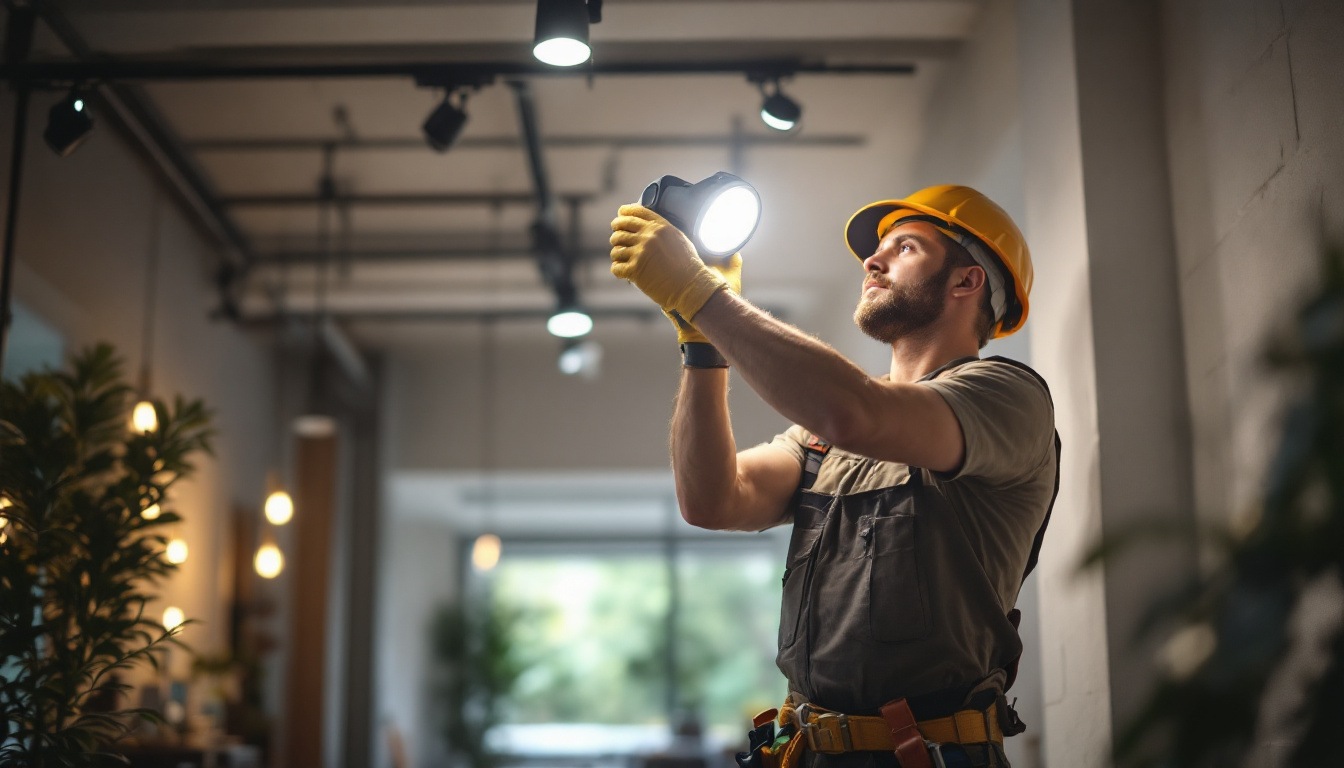
As the demand for sustainable energy solutions continues to rise, solar porch lighting has become an increasingly popular choice among homeowners. For lighting contractors, understanding the best practices in solar lighting installation not only enhances customer satisfaction but also ensures a successful project. This article will explore essential guidelines, installation techniques, and maintenance tips that can help contractors excel in solar porch lighting projects.
Solar porch lighting utilizes solar panels to convert sunlight into electricity, powering LED lights without the need for traditional wiring. This eco-friendly option is not only cost-effective but also easy to install, making it an attractive choice for many homeowners. However, contractors must be aware of the various types of solar lights available and their specific applications to provide the best solutions for their clients.
There are several types of solar porch lights available on the market, each with its own unique features and benefits. Understanding these options is crucial for contractors when recommending products to clients.
Choosing solar porch lighting offers numerous advantages that can appeal to homeowners. Highlighting these benefits can help contractors effectively market their services.
In addition to these benefits, solar porch lighting can significantly enhance the safety and security of a home. Well-lit entryways and porches deter potential intruders and provide a safer environment for family and guests. Furthermore, many solar lights come equipped with advanced features such as dusk-to-dawn sensors, which automatically turn the lights on at sunset and off at sunrise, ensuring that outdoor areas are consistently illuminated without requiring any manual intervention. This not only adds convenience but also ensures that the lights are utilized effectively, maximizing their energy efficiency.
Moreover, solar porch lighting can contribute to the overall ambiance of outdoor living spaces. Homeowners can choose from a wide array of designs, colors, and brightness levels to create the perfect atmosphere for evening gatherings or quiet nights on the porch. From elegant lantern-style fixtures to whimsical string lights, the options are endless, allowing for personalization that reflects the homeowner’s style. This versatility makes solar lighting an ideal choice for enhancing the enjoyment of outdoor spaces, whether for entertaining guests or simply relaxing with a book under the stars.
Proper installation is critical to the performance and longevity of solar porch lighting. Lighting contractors should follow specific best practices to ensure that the lights function optimally and meet client expectations.
Before installation, conducting a thorough site assessment is essential. This step allows contractors to evaluate the area where the solar lights will be placed and identify any potential obstacles.
Once the site assessment is complete, selecting the optimal location for solar porch lights is crucial. Contractors should consider the following factors:
When it comes to installation, following the manufacturer’s guidelines is essential. However, there are some general techniques that can enhance the installation process:
Additionally, it is advisable to consider the aesthetic aspect of the installation. The placement of solar porch lights should not only serve a functional purpose but also enhance the visual appeal of the porch area. Contractors can experiment with different styles and designs of lights to complement the architecture of the home, creating a cohesive look that elevates the outdoor space. For instance, lantern-style lights can provide a charming, vintage feel, while sleek, modern fixtures may suit contemporary homes better.
Moreover, contractors should also educate clients on the importance of seasonal maintenance. While solar lights are designed to be low-maintenance, periodic checks are necessary to ensure optimal performance. This includes cleaning the solar panels to remove dust and debris, which can block sunlight and diminish charging efficiency. Clients should be informed about the best practices for maintaining their solar lights, such as checking for any signs of wear and tear and replacing batteries as needed to prolong the lifespan of their investment.
While solar porch lights are generally low-maintenance, contractors should educate clients on proper care and troubleshooting techniques to ensure longevity and performance.
One of the simplest yet most effective maintenance tasks is cleaning the solar panels. Dust, dirt, and debris can accumulate on the surface, obstructing sunlight and reducing efficiency. Contractors should recommend the following cleaning practices:
Despite their reliability, solar porch lights may encounter issues from time to time. Contractors should be prepared to guide clients through common troubleshooting steps:
In addition to functionality, aesthetics play a significant role in the appeal of solar porch lighting. Contractors should consider design elements that align with the homeowner’s style and preferences.
Solar porch lights come in various styles and finishes, from modern to traditional. Understanding the homeowner’s design preferences can help contractors recommend the right fixtures:
Creating the right ambiance is essential for outdoor spaces. Contractors should discuss different lighting effects with clients, such as:
Effective communication with clients is vital throughout the solar porch lighting installation process. Educating homeowners about the benefits, maintenance, and operation of their new lighting system can lead to higher satisfaction and potential referrals.
After installation, contractors should provide clients with clear instructions on how to operate and maintain their solar porch lights. This may include:
Encouraging clients to provide feedback on their solar porch lighting experience can help contractors improve their services. This feedback can be gathered through:
Solar porch lighting presents a valuable opportunity for lighting contractors to offer sustainable and aesthetically pleasing solutions to homeowners. By understanding the various types of solar lights, following best practices for installation, and providing ongoing support and education, contractors can ensure successful projects that meet client expectations. As the market for solar energy continues to grow, embracing these best practices will position contractors as trusted experts in solar porch lighting.
Incorporating these strategies not only enhances the quality of installations but also fosters long-term relationships with clients, paving the way for future projects and referrals. As homeowners increasingly seek energy-efficient solutions, being well-versed in solar porch lighting will undoubtedly set contractors apart in a competitive landscape.
Ready to elevate your solar porch lighting installations with the finest products on the market? Look no further than LumenWholesale, where we provide contractors with spec-grade lighting that combines quality and affordability. Our extensive selection is designed to meet your project needs while ensuring you benefit from wholesale pricing and free shipping. Make your next lighting project a shining success and enjoy the convenience of hassle-free bulk buying. Discover the value that LumenWholesale brings to your business by visiting our collection of premium lighting solutions. Start browsing now for Wholesale Lighting at the Best Value.

Discover how Tracklight is revolutionizing the lighting industry by providing contractors with cutting-edge tools and insights.

Discover how solar outdoor pole lights are revolutionizing the lighting industry by enhancing efficiency and sustainability for contractors.

Discover expert tips and strategies for lighting contractors to master the installation and design of LED patio lights.

Explore how the choice of bathroom vanity lighting can significantly impact lighting contractors’ profitability.